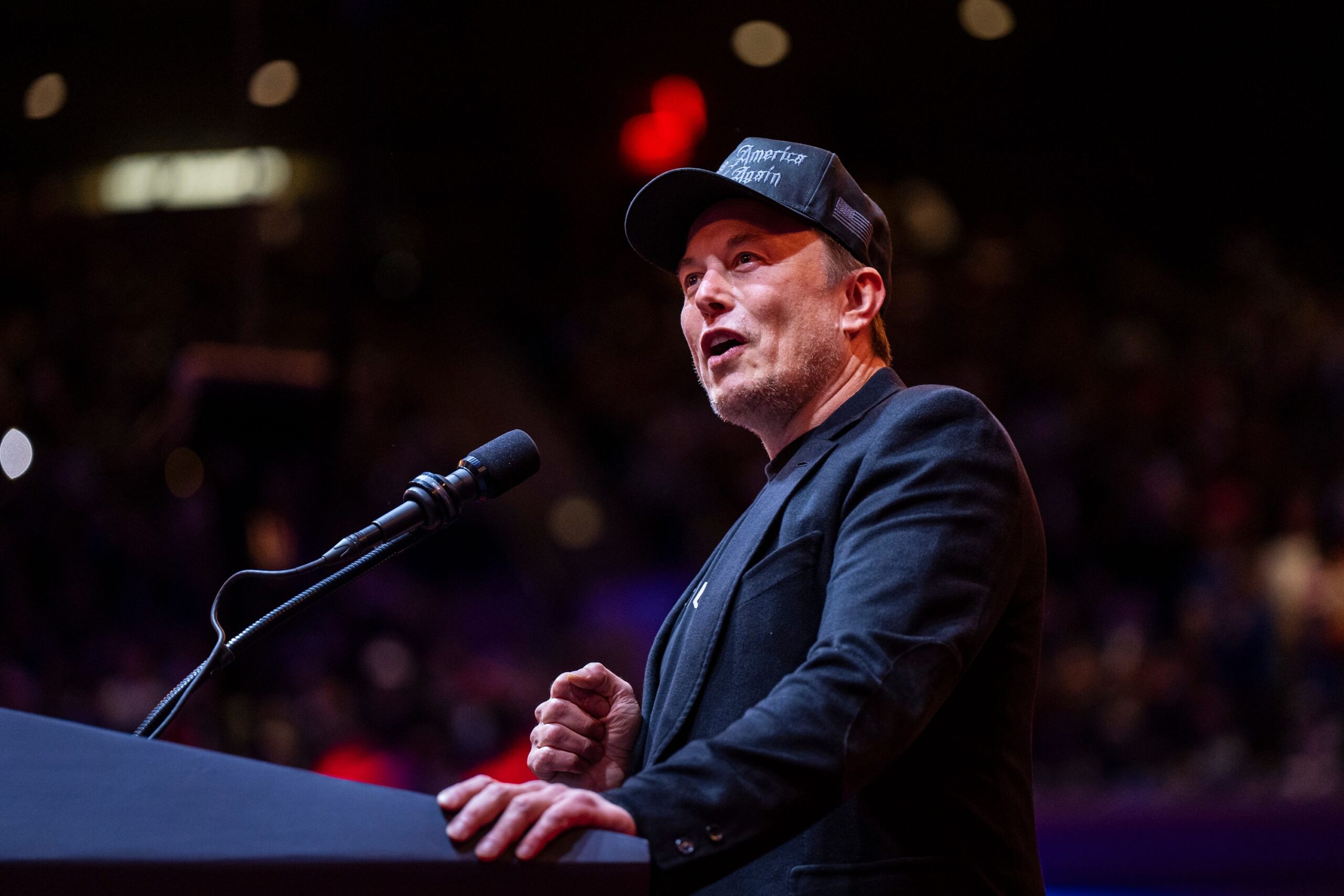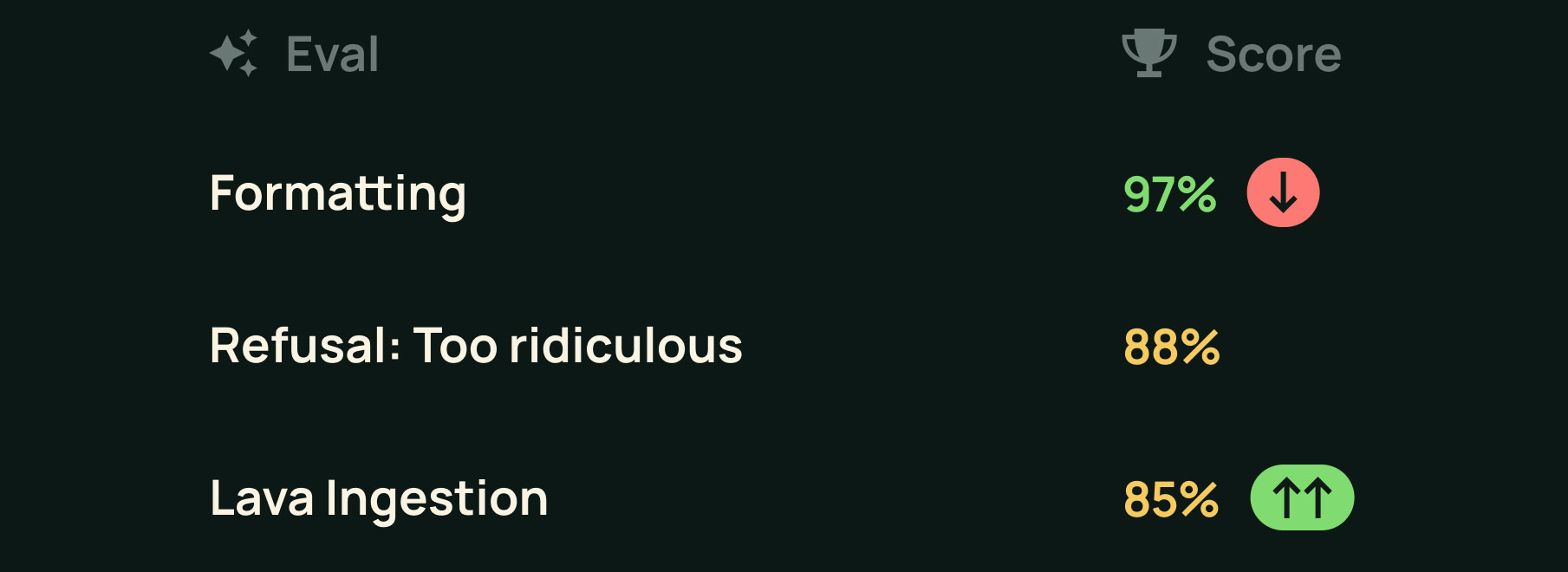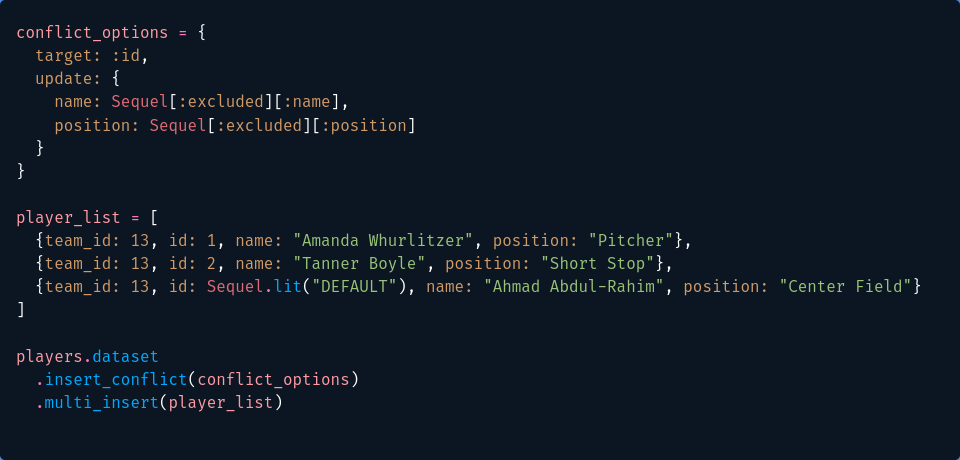
The Ongoing Struggle for Orca Welfare - by DomoFutu
In 2018, the essay “Concrete tanks are torture for social, intelligent killer whales” published by Aeon brought to light the stark reality of orca captivity. It exposed how confinement in concrete tanks severely affects these intelligent marine mammals. Since then, progress has been made in public policy, corporate practices, and social awareness. However, many challenges remain unresolved, reminding us that while the tide has shifted, the waters are still murky.
One of the most significant milestones in recent years has been the end of orca breeding at major marine parks like SeaWorld. In 2016, SeaWorld announced the end of its breeding program and pledged to phase out orca shows. This move was monumental, spurred by the growing backlash following the 2013 release of the documentary Blackfish, which highlighted the psychological and physical suffering endured by captive orcas. California’s Orca Welfare and Safety Act, enacted in 2016, further cemented this shift by prohibiting orca breeding and limiting performance-based activities in the state.
Despite these advances, orca captivity has not been universally eradicated. In countries without such stringent regulations, orcas are still captured and bred for entertainment purposes. The international landscape remains fragmented, with each nation approaching marine mammal welfare with differing levels of rigor and empathy.























